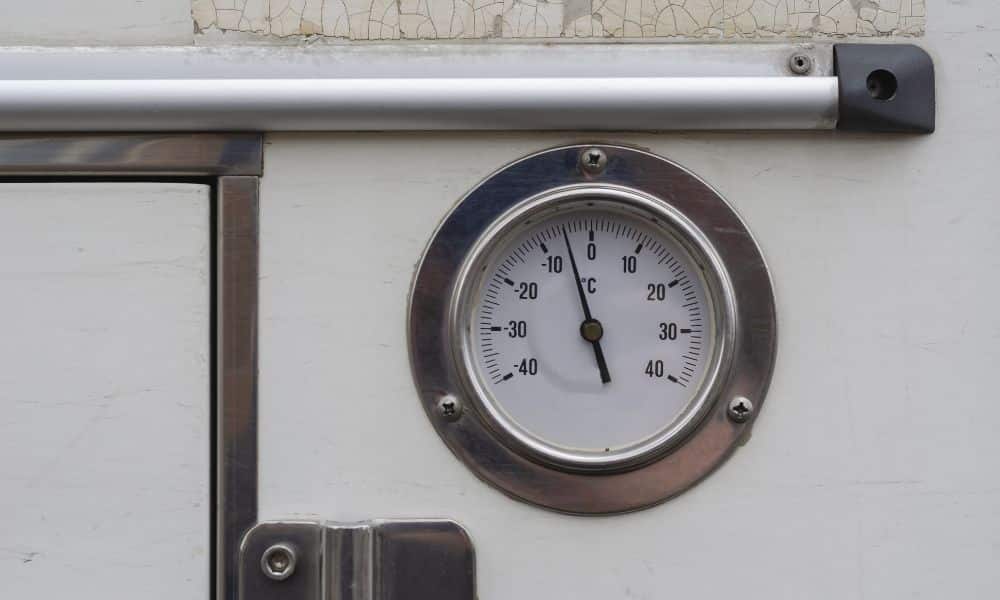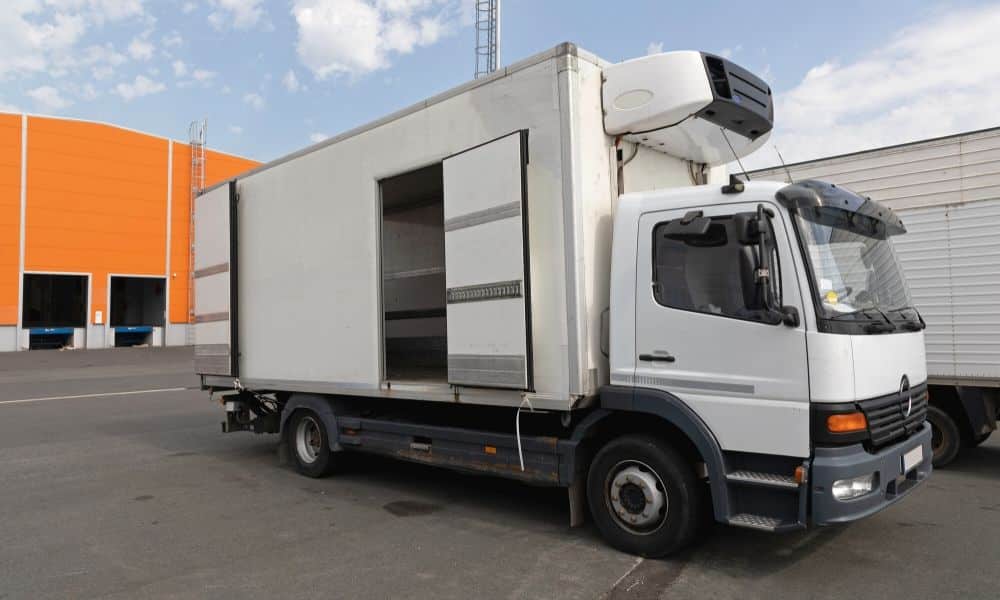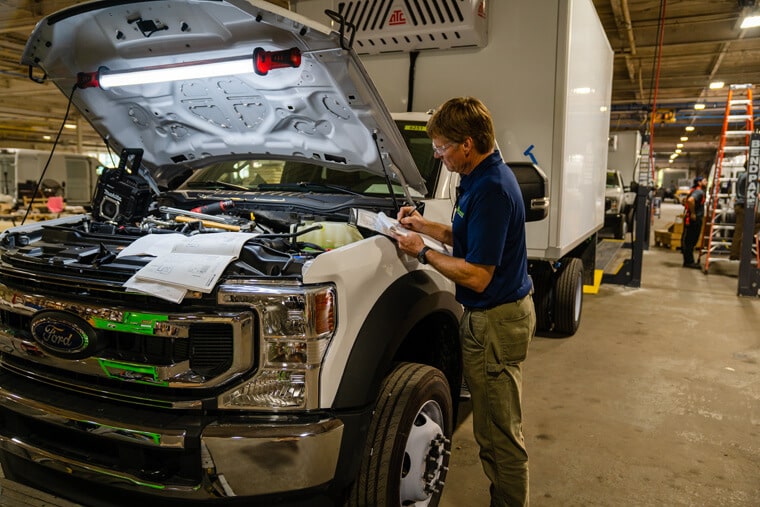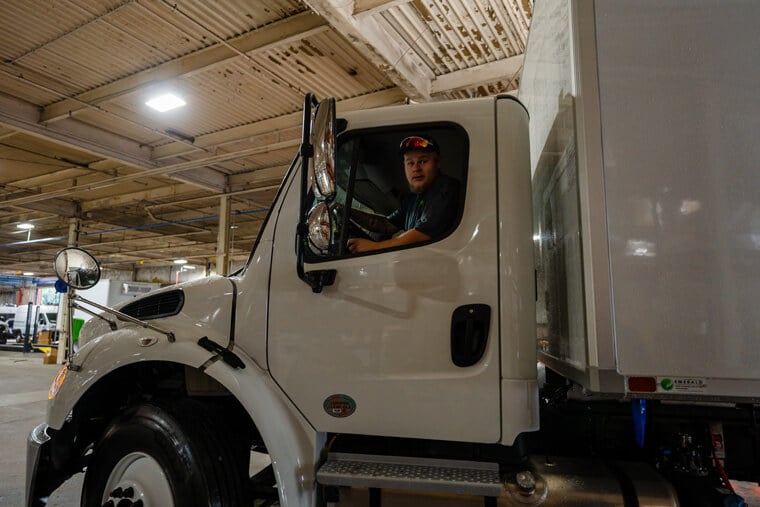
Why Florists Need Refrigerated Trucks
Joe Dickman | November 3rd, 2020
There’s no better way to tell that special person in your life just how much they mean to you than with flowers. It is important for florists to have a way to get the order delivered that’ll keep the bouquet looking fresh. Here are three reasons why florists need refrigerated trucks.
Temperature Consistency
While flowers grow and thrive in a variety of conditions, they have a limited lifespan after being cut. One way to prolong each flowers’ window of beauty is by maintaining a temperature through delivery between 34- and 38-degrees Fahrenheit. A box truck with temperature control will help keep your flowers in the safe zone through final delivery.
Vehicle Wear
Using a vehicle unsuitable for deliveries can have dire consequences for the engine. While most vehicles have to stay running to keep the air conditioning running, a box truck with a specialized cooling unit can maintain the temperature, saving untold wear on your engine. This also saves you gas and helps eliminate the possibility of your car being stolen if you needed to leave it running.
Customer Satisfaction
In any role where you interact directly with the consumer of your company’s products, customer service should be the number one priority. One of the benefits of florists using refrigerated delivery trucks is the condition of the arrangement when it arrives. If you’re using a car for delivery, the product can easily get crushed. Using a delivery truck will give each item its own space; floral cages will prevent potential tipping hazards. All of these extra precautions will equal happier customers.
With so many reasons why florists need refrigerated trucks, there is no reason not to call the refrigerated vehicle experts at Emerald Transportation Solutions. As a proud seller of many sizes and varieties of refrigerated vehicles, we’re sure to have just the one you need to help your floral company blossom.
Related Articles
Contact Us
Feel Free To Contact Us If You Have Any Questions
What does under DOT mean?
Questions regarding DOT requirements come up often. 10,000 lbs GVW (gross vehicle weight) and over are commercial vehicles that fall under the Department of Transportation regulatory requirements.
What is the difference between GVW and payload?
GVW or Gross Vehicle Weight is the entire weight of the vehicle including the payload. The payload weight represents the amount of cargo you are hauling.
What is a self-powered unit and a vehicle-powered unit?
A self-powered unit has its own fuel source and will run independent of the truck. This is the heaviest and most expensive option. While vehicle-powered units run off the engine via a compressor mounted on the engine. These are less expensive and lighter in weight but you must run the truck or plug the electric standby into shore power.
What does K-factor mean and why is that important?
K-factor is a term that stands for the overall insulating value of the container (truck body). Quite simply the lower the K-factor the better the truck body will be able to maintain a given temperature and require less energy to do so.
How much lighter is a Poly Van vs a US spec body?
Poly Van bodies are very light. On average we estimate we are 75-150 lbs per foot lighter than a traditional sheet and post foamed in place body. These weight savings translates to less fuel burn and less CO2 emissions, along with added payload, the most important benefit.






